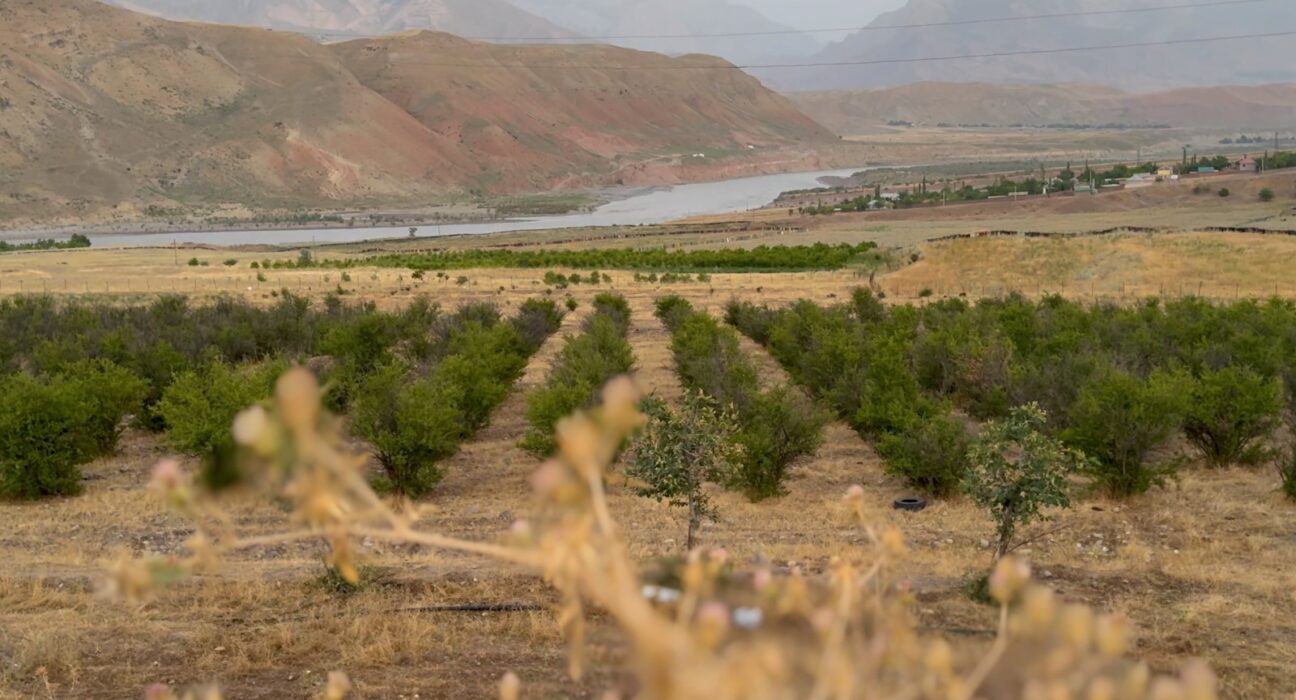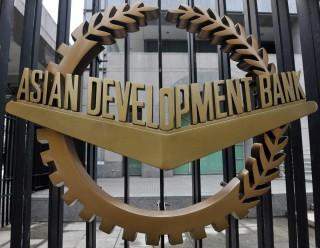In 2025, the Food and Agriculture Organization of the United Nations (FAO) celebrates its 80th anniversary, while Tajikistan marks 30 years of membership in the organization. Over the past three decades, FAO has evolved in the country from a humanitarian partner into a strategic ally—capable of mobilizing resources, introducing innovations, and building resilient agricultural systems aligned with global food security standards.
From Emergency Aid to Systemic Reform
Following Tajikistan’s accession to FAO in 1995, the organization initially focused on emergency assistance—responding to natural disasters, livestock epidemics, and food crises. However, since the early 2010s, the emphasis has gradually shifted from crisis response to long-term agricultural development. This includes crop production, livestock, aquaculture, forestry, and the adoption of climate-resilient technologies.
“Today, it’s not just about production—it’s about health, nutrition, resilience, and diversification of the agricultural sector,” noted Agasi Arutyunyan, Acting FAO Representative in Tajikistan.
FAO as Facilitator, Not Donor
Contrary to popular belief, FAO is not a donor organization. It does not allocate its own funds but acts as a trusted intermediary between countries and international financial institutions. Thanks to its technical expertise and institutional credibility, FAO gains access to major grants from entities such as the European Union, the World Bank, the Asian Development Bank, and the Japan International Cooperation Agency (JICA).
For example, in the regional locust management project across Central Asia, FAO serves as the implementing operator—coordinating country efforts, deploying monitoring technologies, and training specialists. The funding itself comes from JICA. This model allows FAO to combine its technical capacity with donor financing, creating a synergistic impact.
Apricot as a Growth Driver: The OCOP Initiative
In 2025, Tajikistan joined FAO’s global initiative “One Country One Priority Product” (OCOP), selecting apricot as its flagship commodity—and for good reason.
Apricot is not only a symbol of Tajik agriculture but also a product with high export potential. The country ranks among the regional leaders in apricot cultivation and processing. It is widely used in the food industry for dried fruits, jams, juices, and cosmetic oils that are in demand on international markets.
In September 2025, a comprehensive value chain analysis was launched—from orchard management to logistics and export. The goal is to identify bottlenecks, enhance competitiveness, and attract new investment. According to FAO experts, apricot could become a “locomotive” for development in mountainous regions, where other forms of agriculture are less viable.
Genetic Resources: A National Mandate
At an FAO briefing in October 2025, the topic of plant genetic resource passportization was raised. However, it is important to clarify that this is not a new FAO initiative. In Tajikistan, this work has long been carried out at the national level.
The State Committee for Environmental Protection and the Academy of Agricultural Sciences are responsible for the systematization and preservation of genetic resources. Their activities are governed by national legislation, including:
Law No. 892 (August 1, 2012) “On the Collection, Conservation, and Rational Use of Genetic Resources of Cultivated Plants”
Law No. 1865 (March 18, 2022) “On Genetic Resources”
In this context, FAO may serve as a technical partner—providing methodological support and facilitating international coordination—but not as the initiator or primary executor of these processes.
Hand-in-Hand Initiative: Data-Driven Development
Since 2020, Tajikistan has participated in FAO’s Hand-in-Hand Initiative, aimed at accelerating agricultural growth in vulnerable regions. The program’s hallmark is its use of geospatial data, poverty maps, and food security indices to identify areas with the highest development potential.
Working sessions have already taken place in Dushanbe and other regions, involving government officials, private sector actors, and international partners. Discussions focused on investment opportunities, rural resilience, and support for vulnerable populations. The initiative has earned international recognition for its geo-analytical platform, which enables evidence-based decision-making.
Food Security: The Challenge Persists
According to Agasi Arutyunyan, “Globally, around 673 million people still suffer from chronic hunger. In Tajikistan, recent estimates suggest that approximately 8% of the population faces food insecurity. For a country where nearly half the population depends on agriculture, cooperation with FAO remains strategically vital.”
Experts emphasize that the success of this partnership depends not only on international support but also on the ability of national institutions to leverage available opportunities—not for reporting purposes, but for meaningful change in the lives of farmers and rural families.
Conclusion
Eighty years of FAO and thirty years of partnership with Tajikistan represent more than a timeline—they reflect the maturation of a system. From emergency food deliveries to digital tools and genetic resource analysis, the evolution of cooperation mirrors the transformation of the country and its development approach.
FAO remains a key technical partner—bridging national priorities with global opportunities. For Tajikistan, this is a chance to convert agricultural potential into sustainable economic strength, where food security, innovation, and care for people go hand in hand.
by Shoira Toirova




